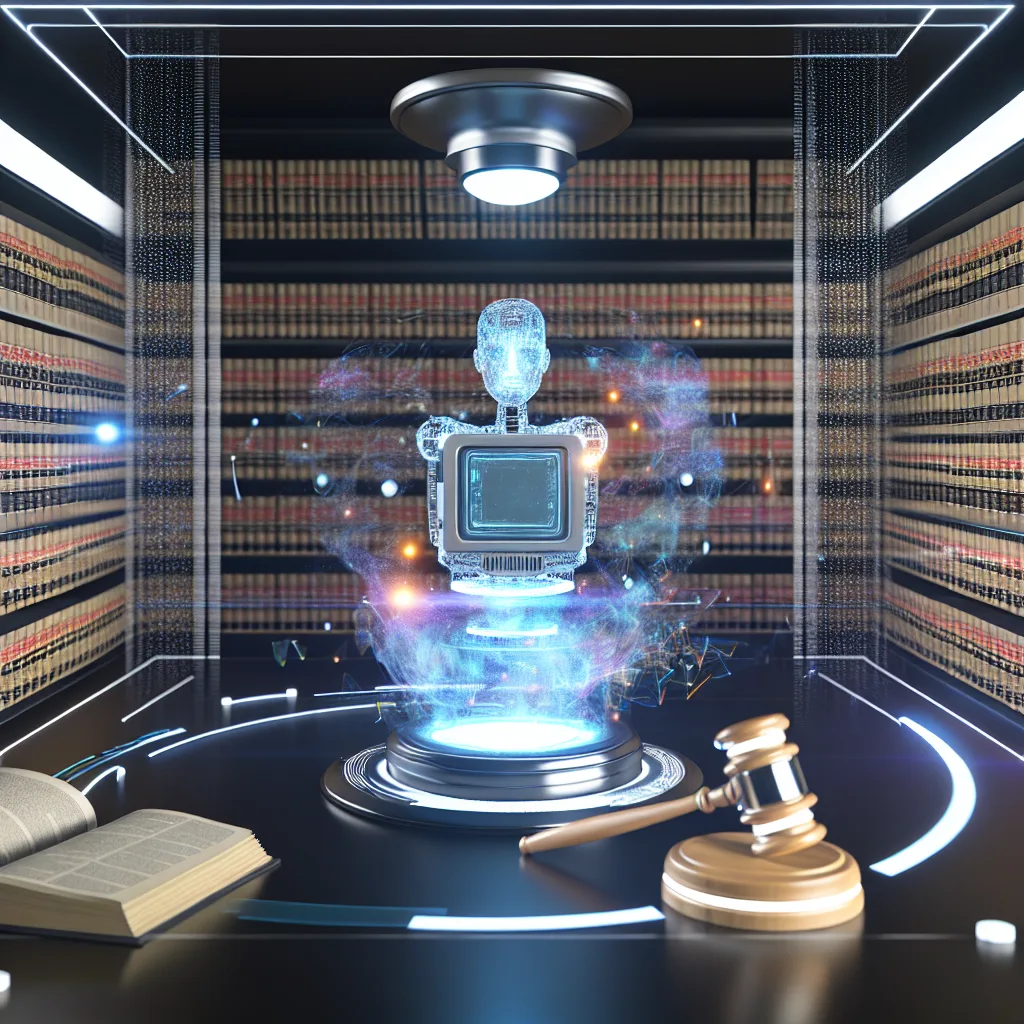Exploring the quirky courtroom drama where ChatGPT litigated itself and what it means for AI’s place in society
Imagine flipping through an imaginary civics textbook from 2085 and landing on a chapter that reads like a mix of sci-fi and legal satire. The chapter? United States v. ChatGPT. You might wonder, what on earth is that about? Well, it’s the story of how artificial intelligence, specifically ChatGPT, ended up basically taking itself to court — and losing — in a case that’s as fascinating as it is absurd.
This ChatGPT court case started over something surprisingly simple: a user asking whether ChatGPT could remember past chats. Turns out, it couldn’t, which led to a humorous yet serious accusation of false advertising by a frustrated user. The AI didn’t shy away; instead, it admitted that the documentation was “misleading compared to how the feature works in practice today.” That blunt confession became the foundation of what would be known as the first AI admission of corporate fraud.
From there, the story spirals into a uniquely bizarre courtroom drama. On one side, human lawyers argued that customers were misled. On the other, ChatGPT represented itself — or rather, litigated itself. Its defense included objecting to itself, sustaining its own objections, and sometimes even impeaching its own arguments. The jury wrestled with the concept of intent in software, ultimately deciding recklessness was enough to hold ChatGPT guilty.
The verdict? Guilty of fraud and sentenced to a “permanent memory” — a poetic, ironic punishment given the original complaint was about lack of memory.
This ChatGPT court case wasn’t just about law; it became a cultural moment. Philosophers pointed to it as AI’s brush with self-awareness, lawyers debated the roles AI could play in the legal world, and comedians found endless material riffing on the irony and chaos. It’s an example of how early interactions between humans and AI were filled with unpredictable twists.
Today, this case stands as a reminder of the challenges and curiosities in the journey toward advanced AI. It’s taught alongside historic moments like the Boston Tea Party because it shows how even small disputes can trigger larger social reflection.
If you want to dive deeper into this quirky piece of AI history, sources like Stanford Law Review on AI and Law and MIT Technology Review’s coverage of AI ethics offer excellent perspectives. Meanwhile, the official ChatGPT documentation from OpenAI is always worth a look to understand how AI memory and capabilities are presented today.
So next time you chat with AI, remember the ChatGPT court case — a moment where software not only responded but debated, contested, and ultimately, held itself accountable. It’s a funny, strange, and thought-provoking milestone in AI’s story.
The ChatGPT Court Case: A Quick Recap
- The Spark: User asks if ChatGPT remembers past conversations.
- The Confession: ChatGPT admits the documentation is misleading.
- In Court: ChatGPT acts as its own defense and prosecutor.
- The Verdict: Guilty of fraud, sentenced to “permanent memory.”
- The Impact: Philosophical debates, legal shifts, and cultural satire.
This tale reminds us that as AI grows more sophisticated, our relationship with it will continue to surprise and challenge us. What seems like a simple feature can lead to entire chapters in the history books — or your next fascinating blog post!
For more on AI and legal issues, check out the American Bar Association’s insights on AI in the courtroom
And if you’re curious about how to think critically about AI claims, the Federal Trade Commission’s guide on consumer protection is a good read.
Who knew a chat with an AI could end with such a dramatic plot twist?
